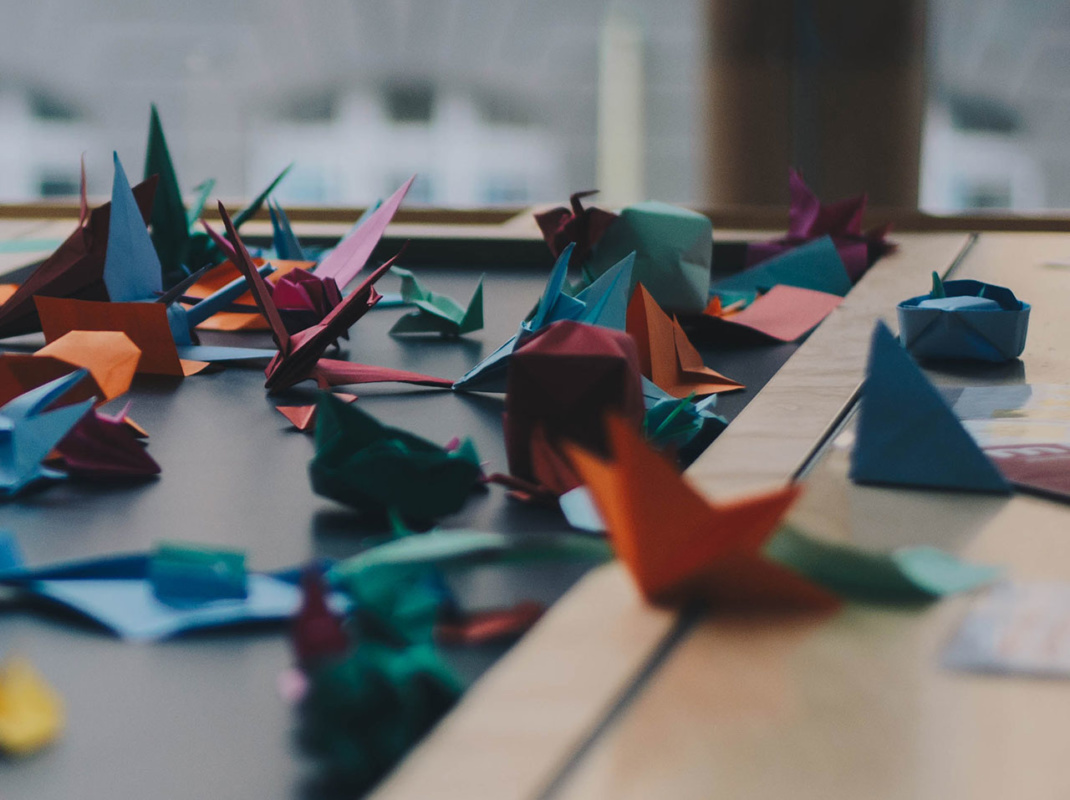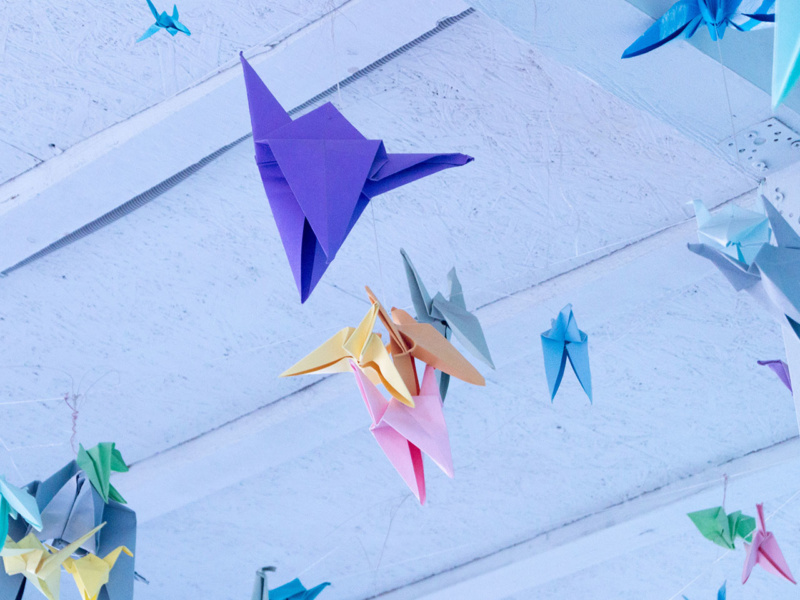For many, Japan is still a country shrouded in the veil of mysticism. It is a far away land famed as much for its cultural quirks as it is for its relative seclusion and the insular nature of its inhabitants. Whilst the sumo wrestlers that perform in the dojo don’t exactly conjure up images of grace, elegance or refinement, these virtues are very much omni-present in Japanese culture and propagate themselves via other mediums. The delicate nature through which sushi is prepared by itamae is testament to this. It takes five years of training with a master before an apprentice is even allowed to prepare the sushi rice. This dedication and determination for excellence leaves many travellers awestruck when they merely touch the surface of a most intriguing way of life.

Perhaps this is best encapsulated by the art of origami, another well known export from Japan. Origami literally means “folding paper,” a term which captures purely the essence of the art form. Patience is paramount, beauty is boundless. The small intricate folds that slowly coalesce to create something so simple yet so endearing is a wonder to behold. The most famous of all creations is that of the paper crane, known in Japanese as ‘orizuru’. The most incredible thing about it is the sheer significance and emotional weight that balances so delicately upon those transcendent white wings. For in Japanese culture, the wings of the crane are believed to carry souls up to paradise. An image which is immortalised every time another paper crane is deftly crafted from the most meagre of materials. Any laminar material can be used to perform origami as long as it is able to hold a crease, although for the truly authentic experience, use washi, which is the traditional origami paper used in Japan.
It’s a calming practice, keeps the brain active and the eyes focused and, at the end, you feel like you’ve played your part in extending a long-lasting Japanese tradition
There is an abundance of reasons to give origami a try, not least because the finished product is a simple yet beautiful ornament which can be used to decorate your home. There is also a sense of accomplishment that comes from a little bit of perseverance. It is not easy the first time but after a few goes and a little commitment, anyone can get the hang of it. It’s a calming practice, keeps the brain active and the eyes focused and, at the end, you feel like you’ve played your part in extending a long-lasting Japanese tradition, which has come to symbolise hope, healing, longevity and good fortune. Of course, once the simple crane has been mastered, there are all types of origami structures that can be created, many which require incredible endurance and precision. If, however, the crane is your origami of choice then know that a thousand orizuru strung together is called a senbazuru or “thousand cranes” and it is believed that a thousand cranes need to be made in order for a wish to come true. A lovely thought indeed.
Give it a try: www.paperkawaii.com/origami-photo-tutorials/
